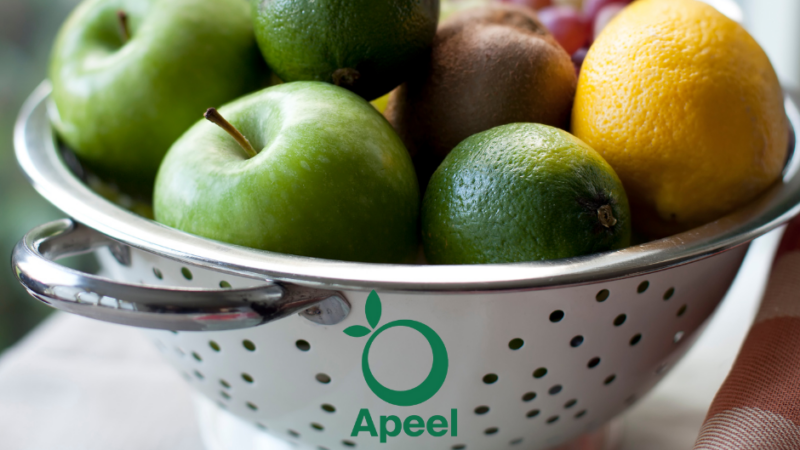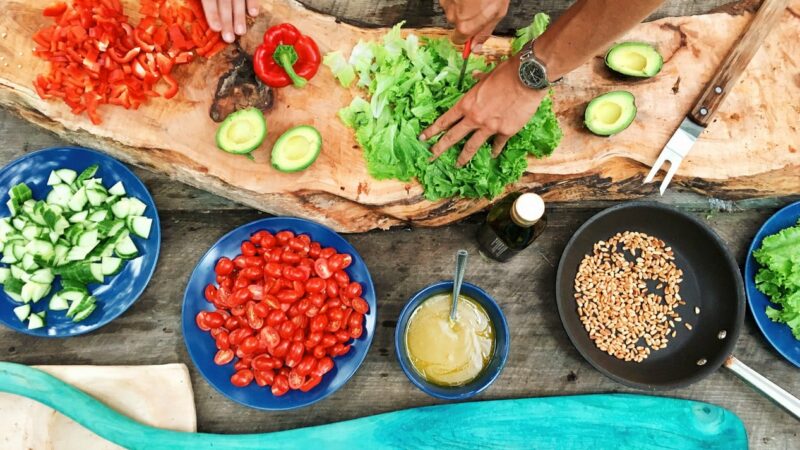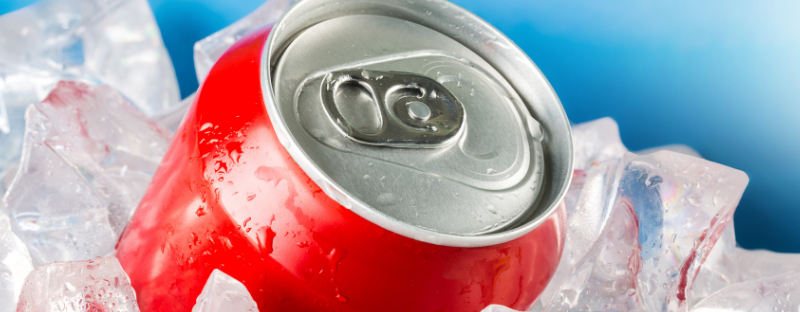Gems In the Gem State: McIntyre Pastures’ Focus On The Soil
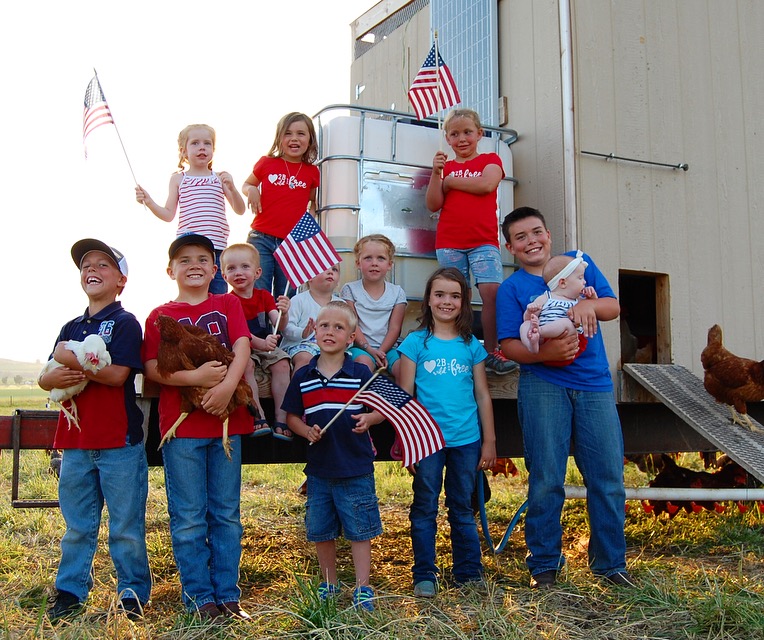
In this new series, Gems In the Gem State, we focus on our local food, health and environment heroes. We recently interviewed Maria McIntyre of McIntyre Pastures and loved what she had to share about the foundation of their meat and egg production: the soil. Their family farm saw its start 109 years ago. The farm is currently being run by the third and fourth generation family members who are loving this way of life and the nourishing products they produce.
By Maria McIntyre
Everything hinges on the health of our soil. The difference between nutrient-dense food – and food that is not – all stems back to the soil it was raised in or consumed from. In a healthy teaspoon of soil, there can be anywhere from 100 million to 1 billion microbes.
Most people in agriculture don’t take time to try and understand what it takes to make these microbes happy. We don’t want to profess to know it all, because we feel like we might know 1/10 of a percent of how the soil functions, but…one thing we do know is that they need food and a safe habitat just like any other animal to be successful.
We have just as big of a responsibility to tend to the “livestock” that is under the ground as we do to what is grazing and living on top of the soil.
On our farm we do not till the soil, so we don’t disturb the habitat for the microbes. We constantly keep living roots in the soil via perennials and cover crops so they are giving off life-supporting food sources to the microbes. We also employ ruminants (cattle) to graze the plants and convert the plant material into another food source (manure and urine). All of this turns into nutrient dense grass and then, finally, nutrient dense meat and eggs. Behind our cattle, then come our chickens to do their valuable work.
What does this mean for you, the consumer?
A quote we found intriguing and alarming is this: “You would need to eat twice as much meat, 3 times as much fruit, and 4-5 times as many vegetables to get the same amount of minerals as available in the same foods in 1940” (Dr. Christine Jones, Amazing Carbon founder).
You can get overwhelmed with labels or even claims made on how your food is produced. If you do value the kind of nutrients that are being transferred to the foods you eat, you need to know the source of your food. Know your farmer. Know his or her practices. Know that what is being claimed is actually what is happening.
These photos below help illustrate what we are doing here at McIntyre Pastures.
The picture of the soil is from just last week! We seeded a cover crop (polyculture) early last fall for our mother cows and their calves to winter on. As spring has come, the plant matter (which included turnips, black oats, chickory, radish, collards, italian rye, and much more) has all been eaten, broken down, and re-deposited in the form of manure and urine. Look how happy the soil looks! Worms, worm casts, aeration and more, in abundance.
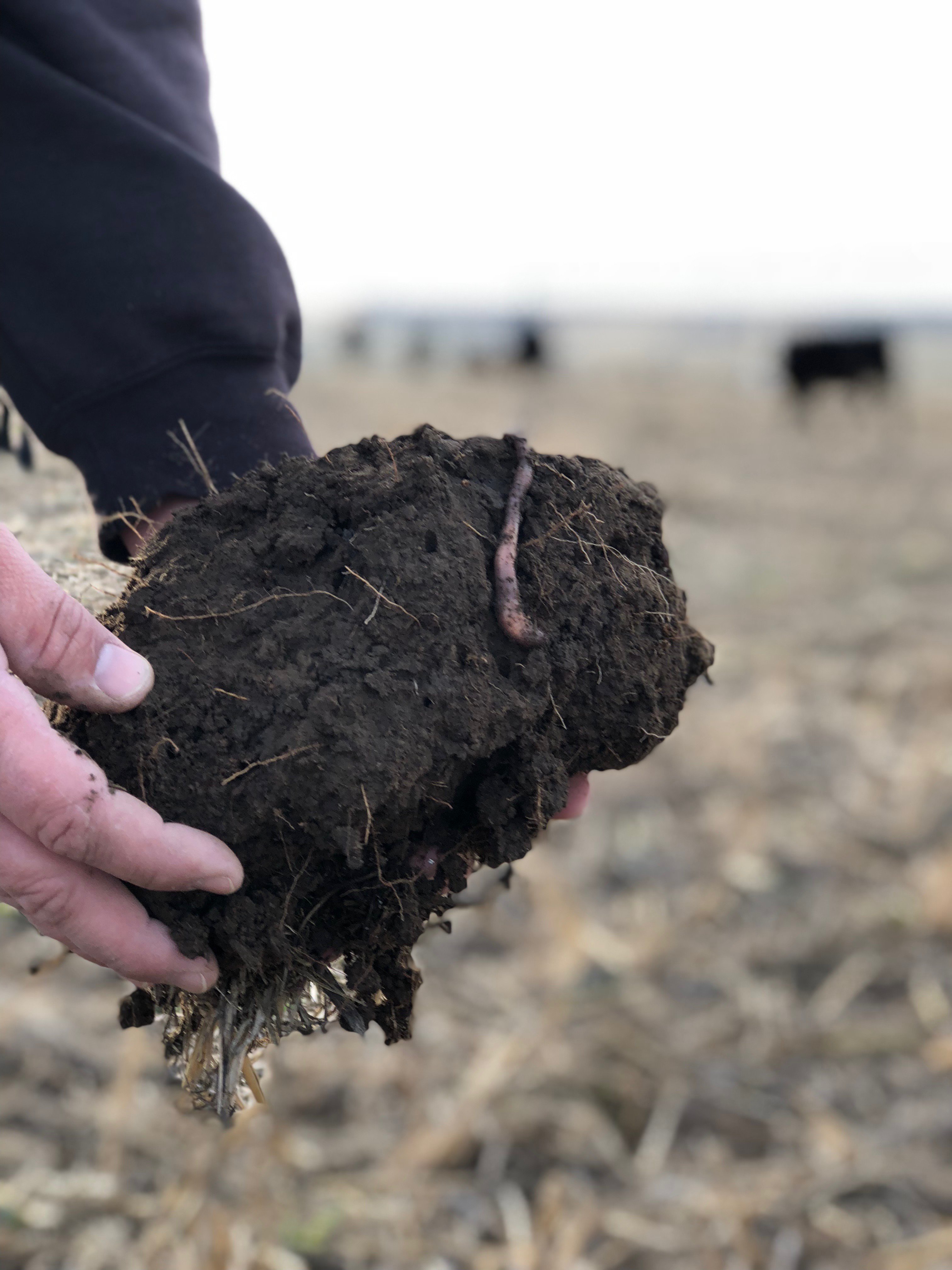
The pictures of the cattle grazing in paddocks shows how soil health is built by rotating (very often) the ruminants across a large area by sectioning it off. This spreads the urine and manure instead of letting them stay in an area for a long amount of time, thus building up the nutrients and minerals in the soil.
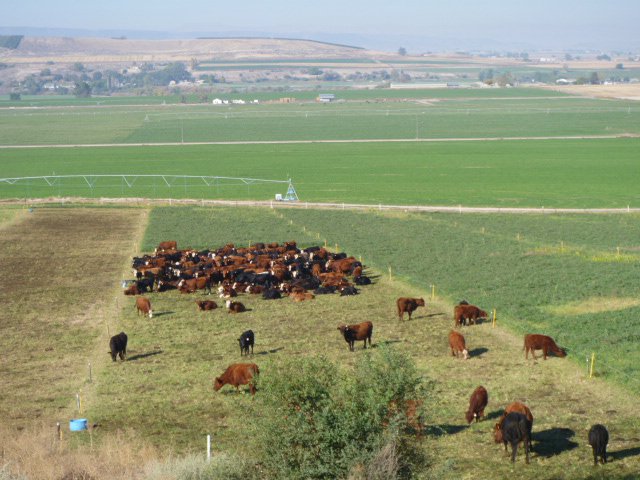
The chickens follow behind the cattle in such a great circle. They clean up what the cattle have left behind and deposit more manure and urine in the soil. They also glean from the manure the cattle have left and help naturally ‘sanitize’ the pasture by eating fly larva and insects.
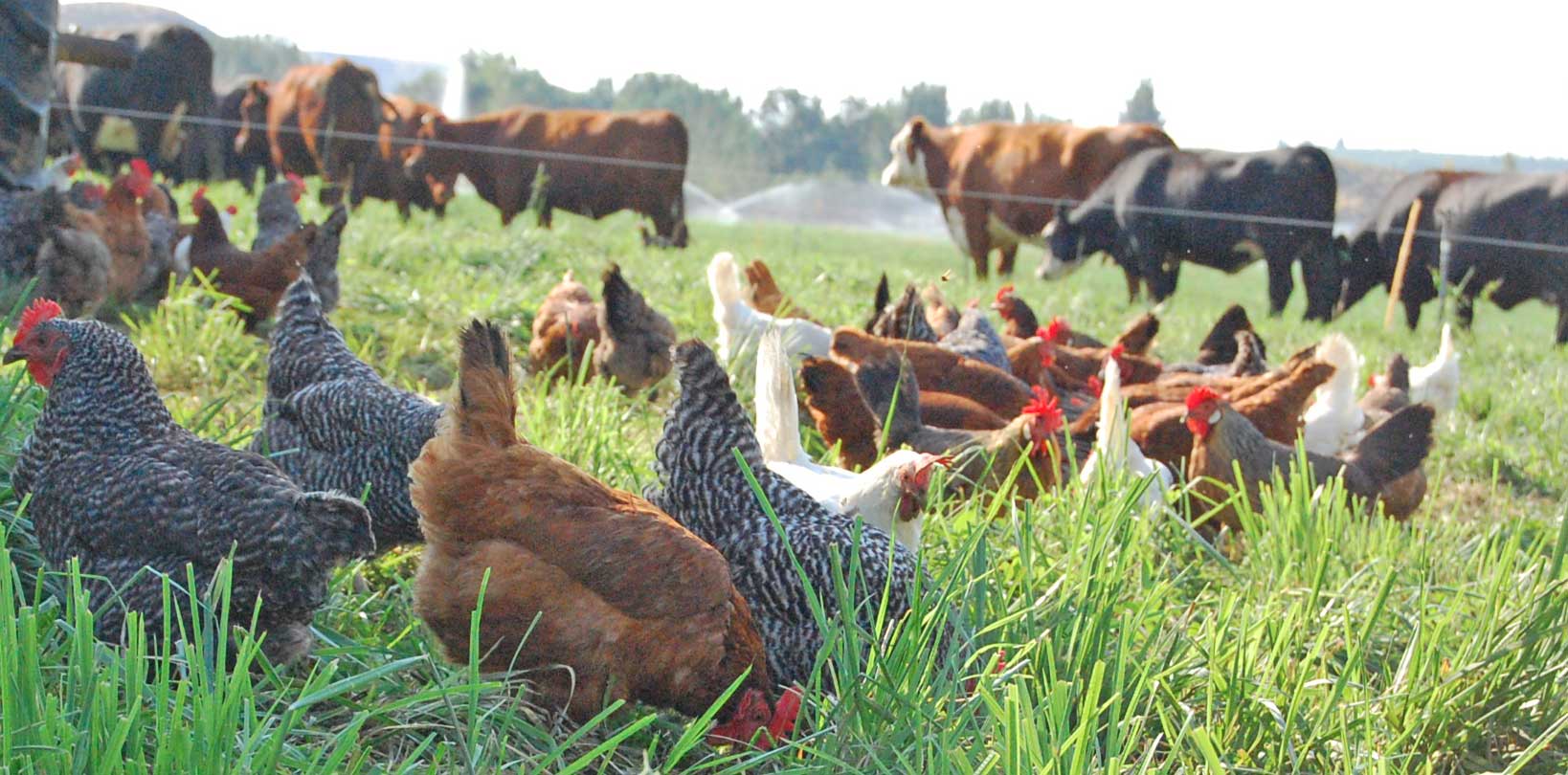
The picture of the eggs compares our pastured eggs (the darkest orange yolked one) to a ‘free range’ and confined, ‘organic’. Although color is not a complete test, it is a great indicator of nutrient content.
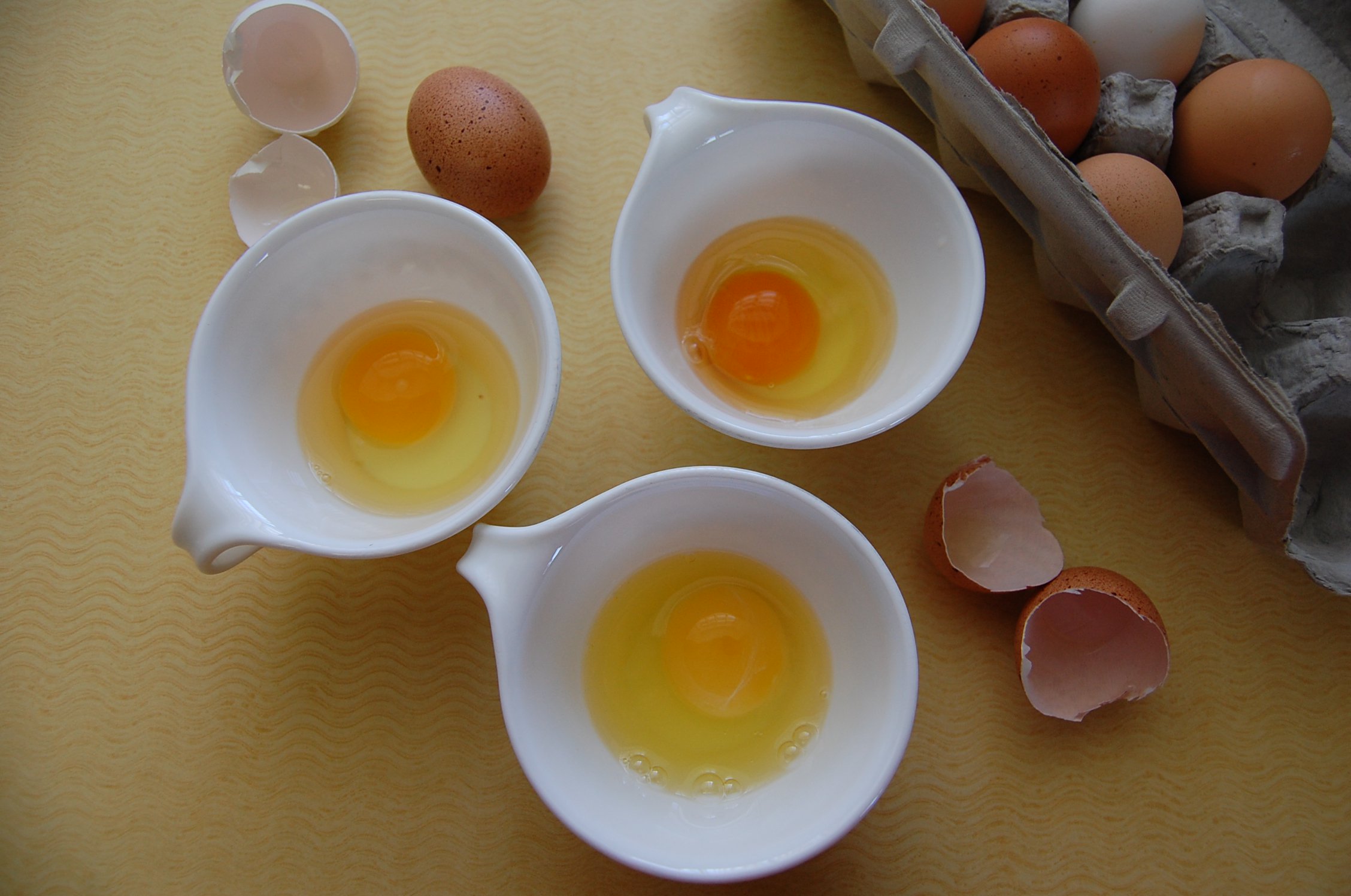
By pasturing our chickens behind the cattle and rotating them on healthy pasture and cover crop, scratching manure behind the cattle for flies and larva, coupled with non-GMO / soy free feed and minerals free choice, those benefits they are drawing from the soil are passed onto the consumer in the egg. Again, make sure you know what you are getting.
We love what we do here on the farm and especially appreciate providing nourishing food to people, while fostering a highly sustainable ecosystem for our animals and soil.
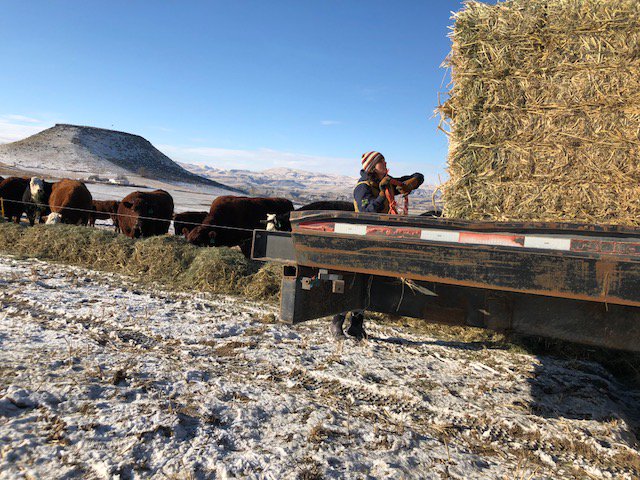
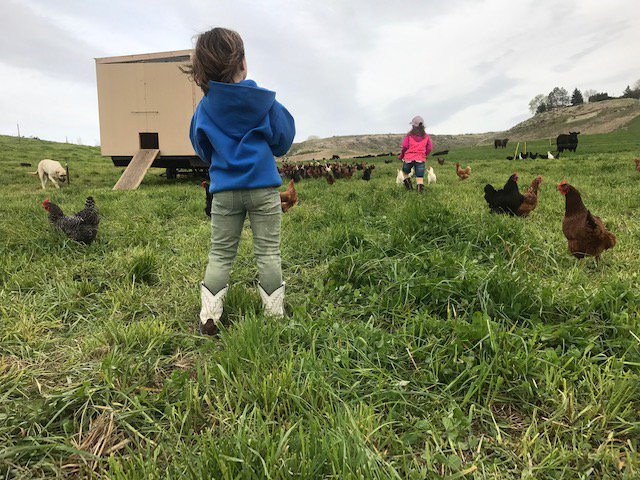
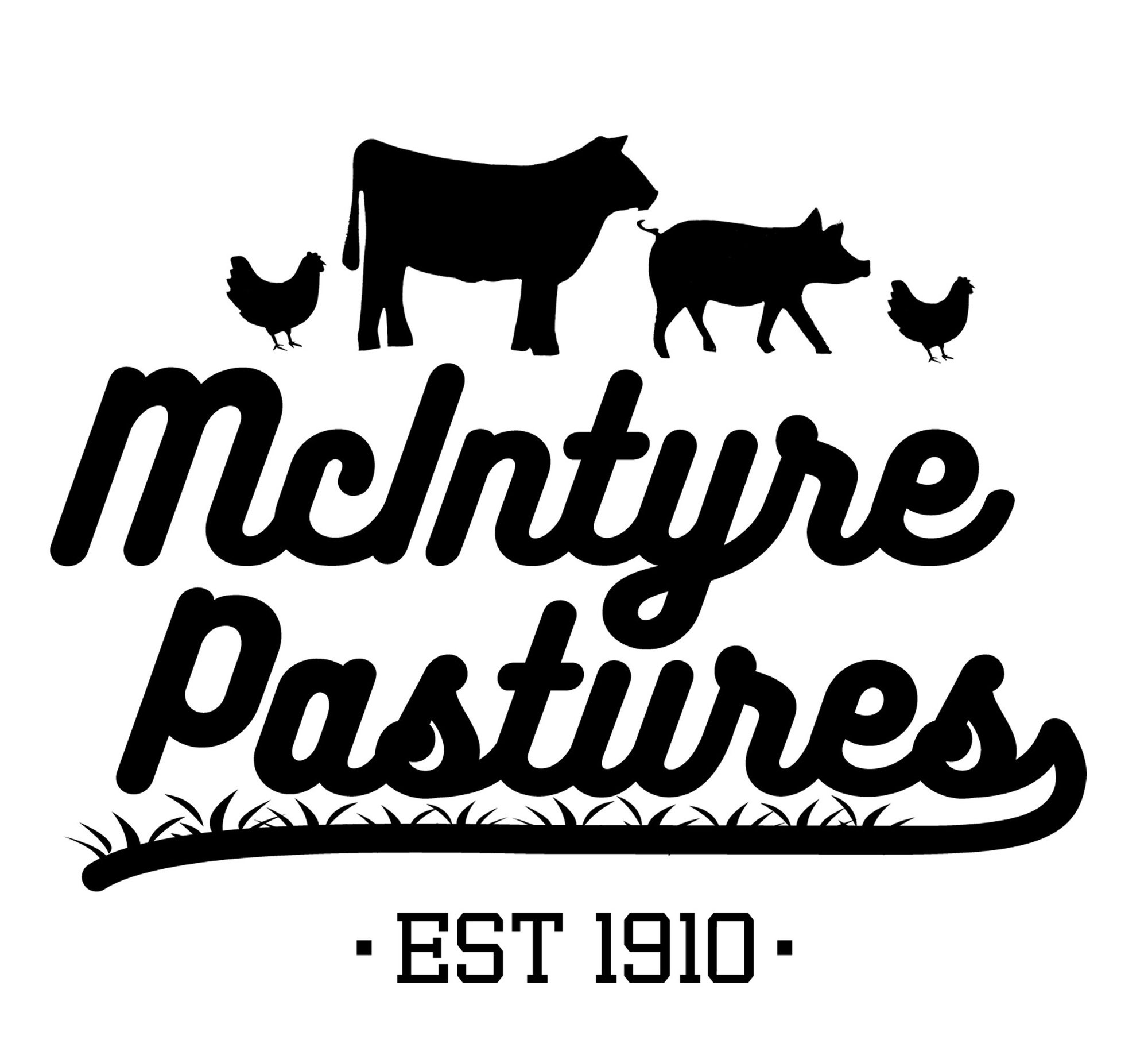
You can read more about McIntyre’s farming practices on their website.
If you’re interested in purchasing their meat and eggs, you can buy at select markets or order online and pick up at a number of locations in the Treasure Valley. McIntyre also provides products to local restaurants.

